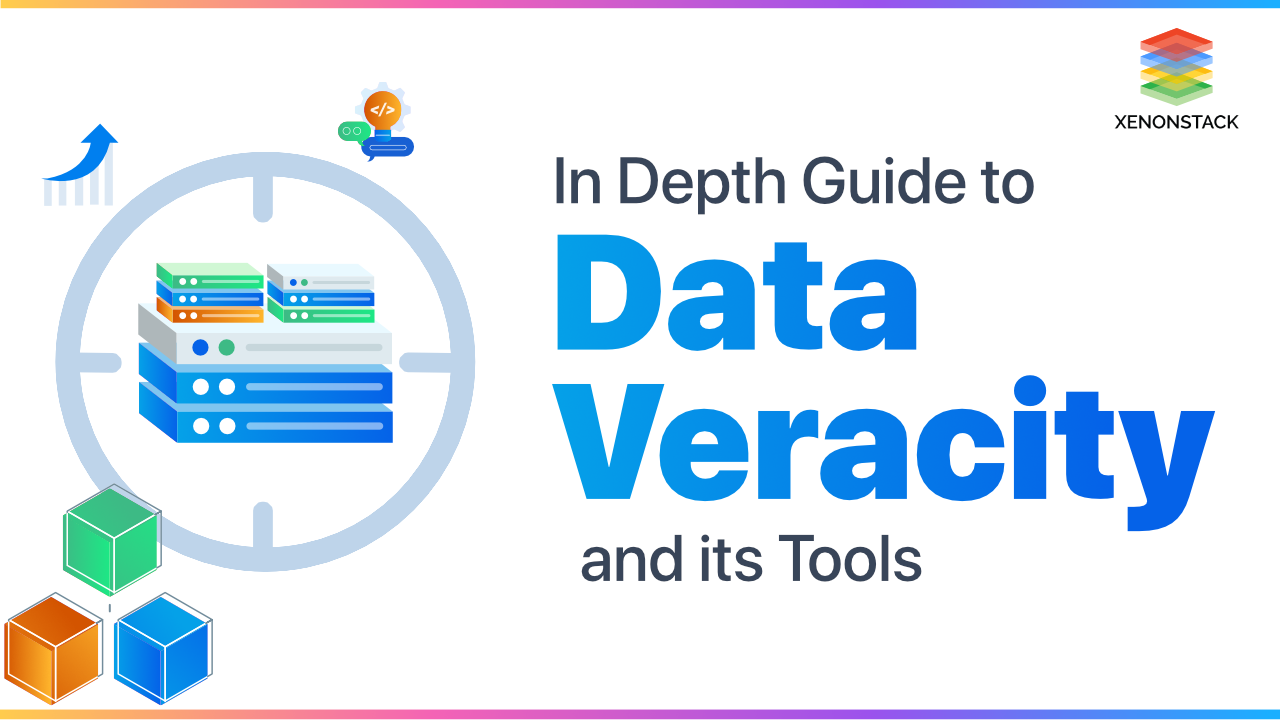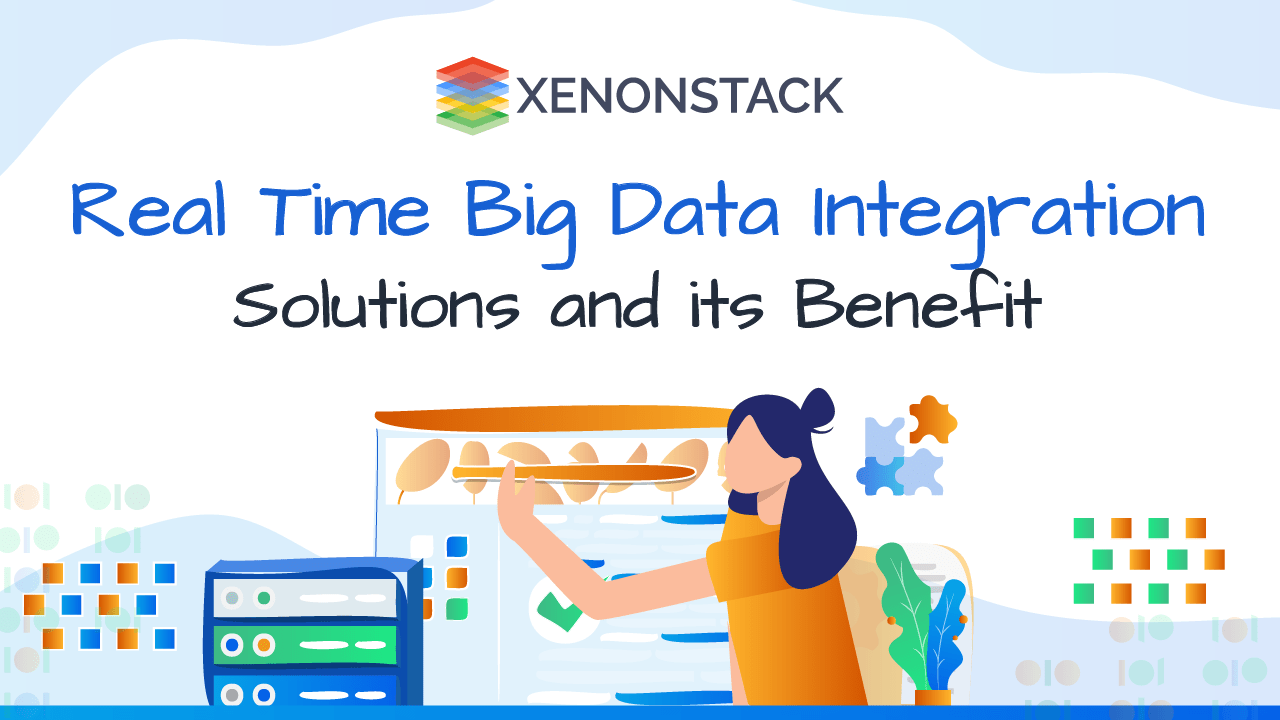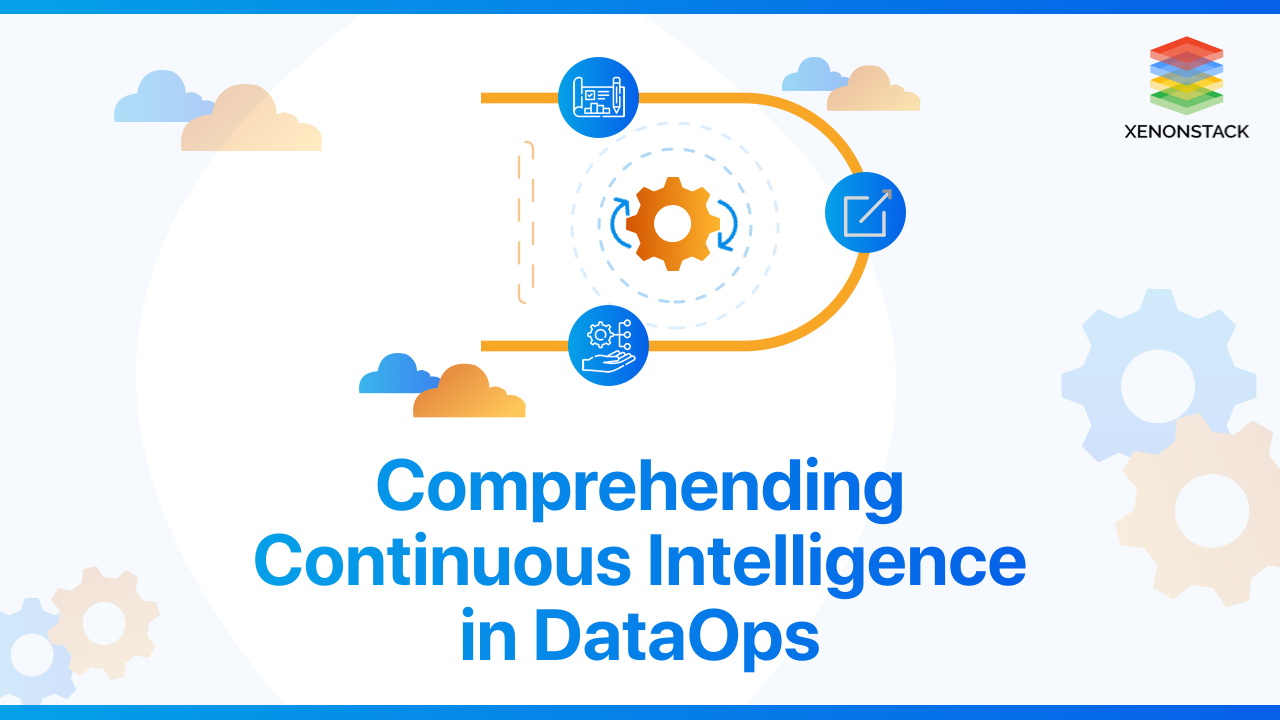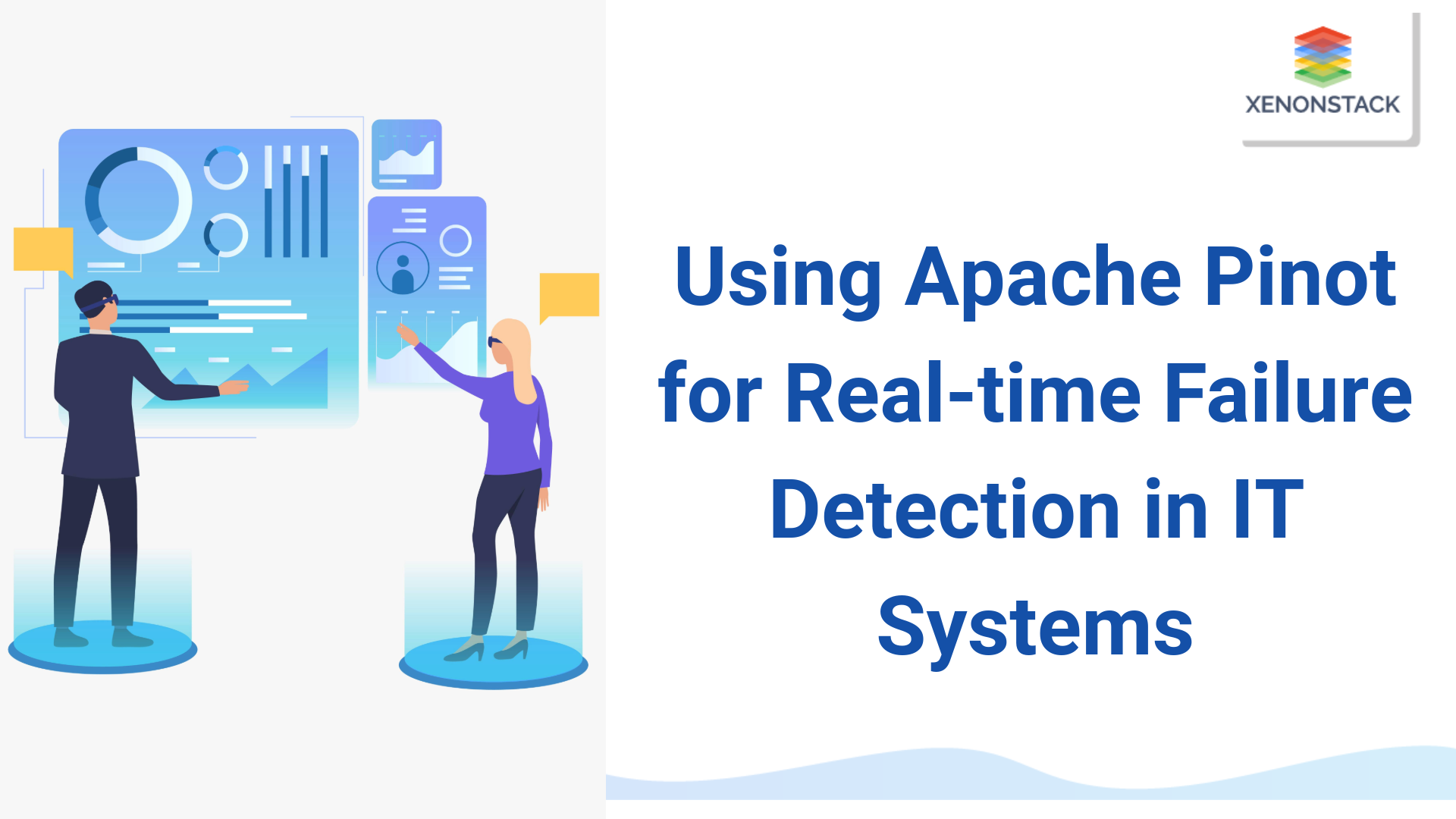
Introduction to Data Veracity
We go online every day to watch YouTube videos, read blog posts, read news headlines, and check social media. But have you ever considered how much data is generated daily? Over the last decade, the total amount of data created and replicated around the world has surged from 2 zettabytes to 64.2 zettabytes, and it is expected to reach 181 zettabytes by 2025.
The amount of data in our world has been growing exponentially. Companies collect trillions of bytes of data about their customers, suppliers, and operations, and millions of networked sensors are embedded in the physical environment for sensing, producing, and transferring data in devices like mobile phones, smart energy meters, automobiles, and industrial machines. Using smartphones, social networking sites, and multimedia will fuel exponential growth.
Big Data Architecture helps design the Data Pipeline with the various requirements of either the Batch Processing System or Stream Processing System. Click to explore about, Big Data Architecture
Every industry and function of the global economy now relies on data that can be recorded, transported, aggregated, stored, and evaluated. Data is becoming increasingly crucial in modern economic activity, innovation, and growth, just like other critical production inputs such as physical assets and human capital.
For example, all of you may have noticed that YouTube saves information about the videos we've been watching and recommends videos to watch next based on our interests and YouTube usage patterns. This is helping us to narrow down the vast number of possibilities available to us. As a result, similar to YouTube, other organizations can use technology to make better-informed decisions based on signals created by actual consumers.
What is Big Data?
The term "big data" refers to datasets that are too large for standard database software tools to acquire, store, manage, and analyze. For example:
- The New York Stock Exchange is an example of Big Data, as it generates approximately one terabyte of new trade data each day.
- In just 30 minutes of flight time, a single Jet engine may produce 10+ gigabytes of data. With thousands of flights every day, data production can reach petabyte levels.
Though big data has been characterized in numerous ways, there is no single definition. Few have described it in terms of what it does, and even fewer have defined it in terms of what it is.
Dimensions of Big Data
Initially, big data was described by the following dimension:
- Volume: The magnitude of the data generated and gathered is called volume.
- Velocity: It refers to the rate at which data is generated.
- Variety: Variety refers to the various types of data generated and collected.
Later, a few more dimensions were added:
- Veracity: IBM invented this word to characterize unreliable data sources. It relates to data inconsistencies and uncertainty, or how available data can sometimes become chaotic, making quality and accuracy difficult to control.
- Variability: SAS included Variability and Complexity as extra dimensions. Inconsistency in big data velocity frequently leads to variability in data flow rate, which is referred to as variability
Big Data tools and frameworks are responsible for retrieving meaningful information from a huge set of data. Click to explore about, Open Source Big Data Tools
What Is Data Veracity?
We place the greatest emphasis on one "V" above all others: veracity. When it comes to big data, data veracity is the one area that still has space for improvement and poses the greatest challenge. With so much data available, ensuring that it is relevant and of high quality is the difference between those who succeed in using big data and those who struggle to comprehend it.
Veracity helps in the separation of what is relevant from what isn't, resulting in a better comprehension of data and how to interpret it so that action may be taken.
For example, sentiment analysis based on social media data (Twitter, Facebook, etc.) is fraught with ambiguity. It is necessary to distinguish reliable data from uncertain and imprecise data and manage the data's uncertainty.
The following are some sources of big data veracity or examples of big data veracity:
- Statistical Biases: An organization makes a decision based on a calculated value that is statistically biased.
- Noise: A self-driving automobile needs to determine whether a plastic bag blown by the wind is a dangerous obstacle.
- Lack of Data Lineage: Data is collected from a variety of sources by an organization. It discovers that one of the sources is highly erroneous, but it lacks the data lineage information necessary to determine where the data has been stored in various databases.
- Abnormalities: Two weather sensors placed close together report drastically differing conditions.
- Software Bugs: Data is captured or transformed wrongly due to a software flaw.
Information Security: An advanced persistent threat alters the data of an organization. - Human Error: A customer's phone number is entered wrongly.
Big Data Platform refers to IT solutions that combine severaBig Data Tools and utilities into one packaged answer. Click to explore about, Big Data Platform
Tools for maintaining Data Veracity
This section provides an overview of the tools used in extensive data analysis.
KNIME Analytics Platform
KNIME is an open-source platform for enterprise reporting, integration, research, CRM, data mining, data analytics, text mining, and business intelligence. It is compatible with Linux, OS X, and Windows.
It can be considered as an excellent alternative to SAS. A few of the top companies using Knime include Comcast, Johnson & Johnson, Canadian Tire, etc.
It helps in:
- Blend Data from Any Source: One can combine tools from multiple domains into one process using KNIME native nodes. Data from AWS S3, Salesforce, Azure, and other sources can also be accessed and retrieved.
- Shape your Data: Once the data is ready, one can shape it by computing statistics, aggregating, sorting, filtering, and joining it in a database, distributed big data environments, or on your local machine.
- Leverage Machine Learning & AI: Machine learning and artificial intelligence are used in the KNIME Analytics Platform to create machine learning models for regression, classification, clustering, and dimension reduction. The programme also assists you in optimizing model performance, validating models, explaining machine learning models, and making predictions directly utilizing industry-leading PMML or validated models.
- Discover and share data insights: KNIME also allows you to visualize your data using classic scatter plots or bar charts, as well as complex charts such as heat maps, network graphs, and sunbursts.
- Scale Execution with Demands: KNIME uses multi-threaded data processing and in-memory streaming to let you create workflow prototypes and grow workflow performance.
A large volume of data structured or unstructured. Data may exist in any format like flat files, images, videos, etc. Click to explore about, Big Data Testing Best Practices and its Implementation
RapidMiner
RapidMiner is a software package that allows users to perform data mining, text mining, and predictive analytics. The tool allows the user to enter raw data, such as databases and text, which is subsequently analyzed on a huge scale automatically and intelligently.
In addition to Windows operating systems, RapidMiner also supports Macintosh, Linux, and Unix systems. RapidMiner is used by Hitachi, BMW, Samsung, and Airbus.
It helps in:
- Real-time scoring is available in the software, allowing you to interact with third-party software to apply statistical models. Preprocessing, clustering, prediction, and transformation models are all operationalized.
- RapidMiner includes interactive visualizations like graphs and charts that one could receive from the platform with zooming, panning, and other moderate drill-down features if you want to go deeper into your data.
- Over 40 data kinds, both structured and unstructured, such as photos, text, audio, video, social media, and NoSQL, can be analyzed.
- RapidMiner's key benefits include being open-source, performing data prep and ETL in-database for optimal performance, and increasing analytical speed.
Apache Spark
It is an open-source distributed processing solution for big data applications. For quick queries against any data size, it uses in-memory caching and optimized query execution. Simply put, Spark is a general-purpose data processing engine that is quick and scalable.
Spark is compatible with both Windows and UNIX-like operating systems (e.g. Linux, Mac OS) Over 3,000 enterprises, including Oracle, Hortonworks, Cisco, Verizon, Visa, Microsoft, Databricks, and Amazon, use Apache Spark.
It helps in:
- Spark can analyze data in real-time, distributing it across clusters and parsing it into manageable batches using discretized streams.
- Spark also has fault tolerance, protecting users from crashes and automatically recovers lost data and operator state. As a result, your robust distributed datasets can recover from node failures.
- Spark is compatible with R, Java, Python, Scala, and SQL, allowing it to be easily integrated into your existing big data workflow. Users also gain access to hundreds of pre-built packages and API development assistance.
- The software provides big data machine learning, GraphX for graph-parallel computation and graph formation in the system, data streaming, and connectivity to nearly every mainstream data source.

Conclusion
In this blog, we learned about data veracity and the available tools. Some of these tools were free and open-source, while others required payment. We must carefully choose a Big Data tool appropriate for our project. Before finalizing the tool, users can always try out the trial version and connect with existing customers for feedback.
- Explore Data Lake vs Warehouse vs Data Lake House
- Read more about Top 6 Big Data Challenges and Solutions


